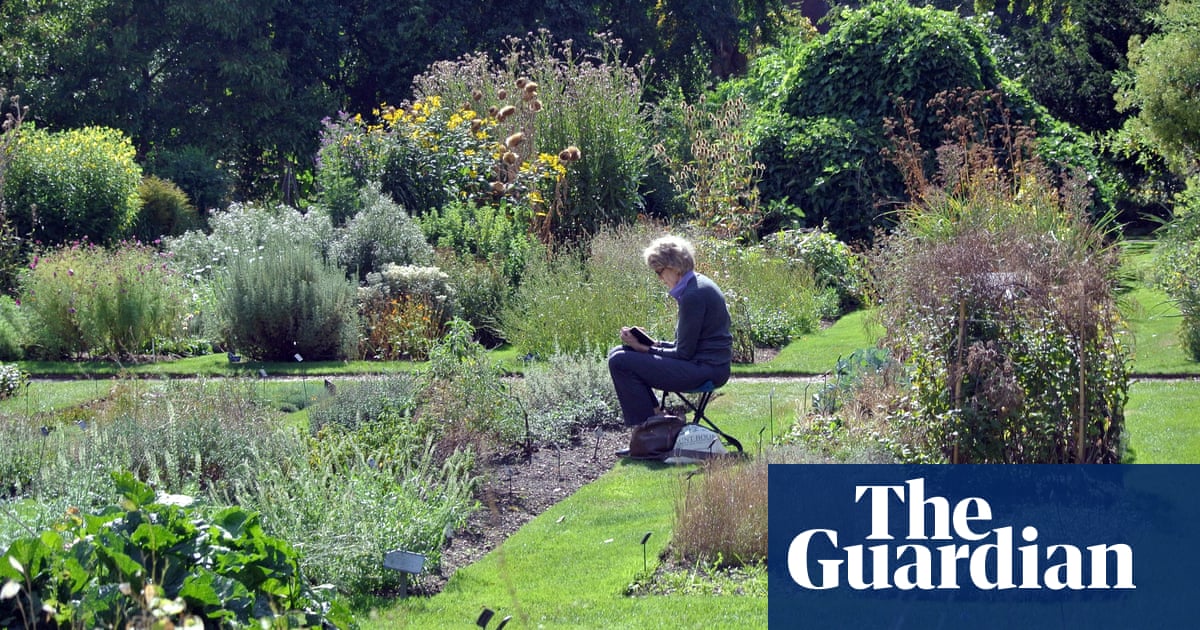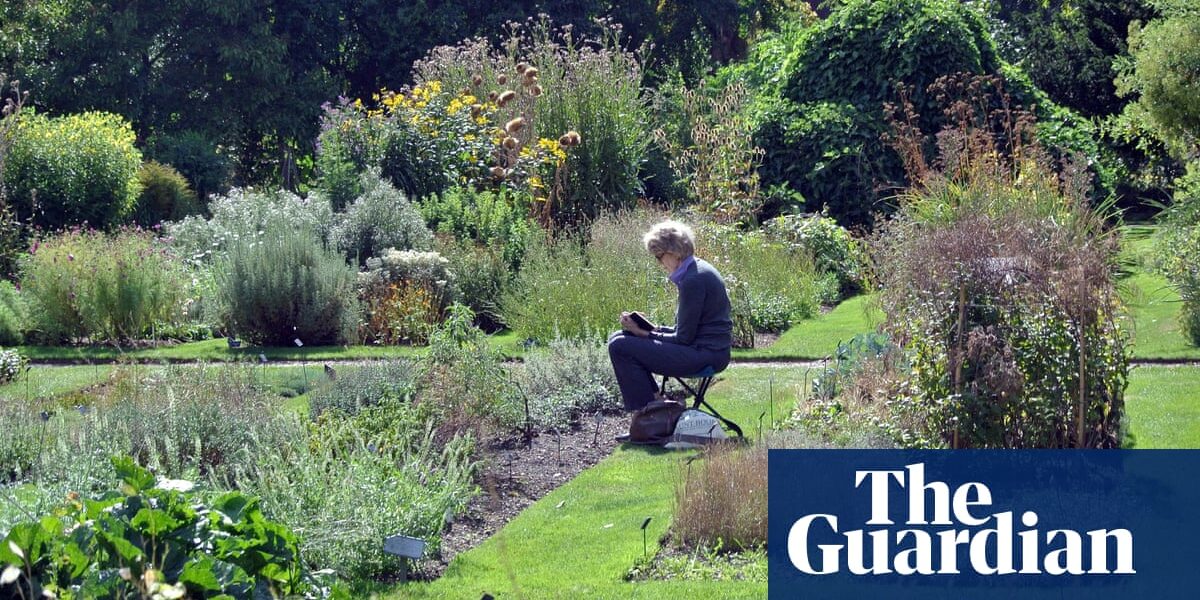According to research, botanical gardens are the most efficient type of green space for reducing street temperatures during heatwaves.

Exploring a stunning botanical garden can be incredibly calming on a scorching summer day. However, these gardens serve a greater purpose beyond providing a peaceful escape. With rising temperatures due to climate change, they may play a vital role in regulating the heat in their surrounding areas.
After thoroughly examining studies on the cooling effects of green spaces during heatwaves, researchers have determined that botanical gardens are the most successful. The Global Centre for Clean Air Research (GCCAR) team believes this discovery can aid policymakers in designing cities for a hotter climate.
A worldwide network, known as Reclaim Network Plus, is being established to bring together planners, academics, city officials, charities, and businesses. This network aims to examine the evidence supporting the advantages of incorporating green and blue spaces into urban planning.
This study discovered that locations like the Chelsea Physic Garden and Royal Botanic Gardens at Kew in London, or Gardens by the Bay in Singapore, decreased the air temperature by an average of 5C in city streets surrounding them during heatwaves.
Urban green spaces, such as parks and wetlands, have a comparable impact on mitigating temperatures. The study’s lead author, Prof Prashant Kumar, who is also the director of GCCAR, stated that it has been recognized for a while that green areas and bodies of water can help cool down cities. Even elements such as green walls, street trees, and playgrounds were found to have a significant cooling effect.
This study offers the most thorough understanding to date. Additionally, we are able to elucidate the reasons behind this phenomenon, such as trees providing shade and water evaporation cooling the air.
He stated that the main goal of the network is to encourage the use of blue and green infrastructure in urban areas. However, they have faced the issue of there not being enough organized studies on the various types of urban green spaces and how they affect their surroundings.
The main objective of this paper was to discuss the current state of research on green and blue spaces in urban areas, including the availability of information and identifying gaps in research. Additionally, it aimed to explore how this information can be utilized in city planning to improve the development of new green spaces.
The size of a park and its connection to other green spaces, known as “green corridors,” have a significant impact on cooling within cities. While local factors are important, the review concluded that larger parks generally have a greater cooling effect, up to a certain point.
Kumar stated that this will assist town planners worldwide in addressing the difficulties caused by global warming. By incorporating a few of the strategies outlined, cities can enhance their resilience and improve the well-being of their residents.
One of the authors of the study, Professor Maria de Fatima Andrade of the atmospheric sciences department at the University of São Paulo, Brazil, stated: “Our research confirms the numerous methods available for cooling. However, it also highlights the need for further efforts. Institutions worldwide must invest in appropriate research because our findings show that there is no universal solution. It ultimately depends on what is most effective for each community.”
Mean cooling impact / fluctuation
/ -5C
The temperature range at the botanical gardens is between negative 5.0 degrees Celsius and negative 2.2 degrees Celsius, dropping to negative 10 degrees Celsius and negative 5 degrees Celsius.
/ -9.8C
The temperature range in wetlands can vary from -4.7 degrees Celsius to -12 degrees Celsius during colder periods, with an average low of -1.2 degrees Celsius and an average high of -9.8 degrees Celsius.
Rain gardens: -4.5C / -1.3C to -7C
Green walls: -4.1C / -0.1C to -18C
/ -9.6C
The temperature range for street trees is between -3.8C and -0.5C, and can reach as low as -12C to -9.6C.
/ -3.4C
The temperature range for city farms is between -3.5C and -3.0C, with a minimum of -3.9C and a maximum of -3.4C.
The temperature range in parks is between -3.2C and -10C, with an average of -0.8C.
/ -4.4C
The temperatures in the reservoirs range from -2.9C and -1.8C to -5C and -4.4C.
The temperature range for playground conditions is between -2.9C and -3C, with a specific temperature of -2.8C being the midpoint of this range.
Source: theguardian.com


